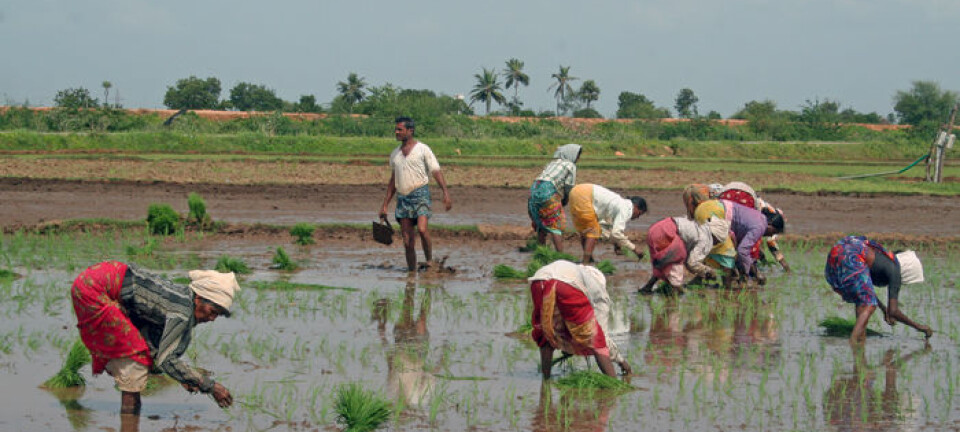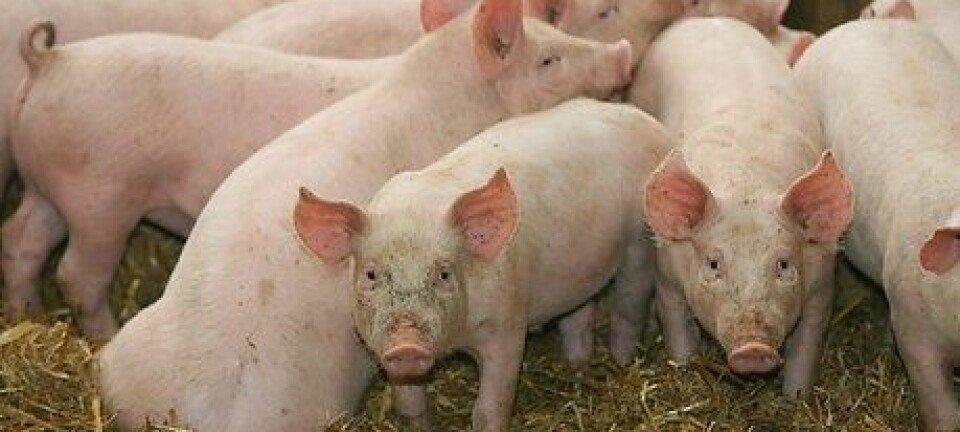
Bacteria can make your bacon sandwich climate friendly
New project attempts to replace soy proteins with proteins from methane-eating bacteria to reduce carbon dioxide emissions.
Editor’s note: This article was written in collaboration with Innovation Fund Denmark.
Methane-eating bacteria are about to make bacon sandwiches in Denmark more climate friendly. A new project aims to replace the soy-proteins in pig feed with proteins from methane eating bacteria to reduce the overall carbon footprint.
"In Denmark, we can reduce carbon dioxide emissions by 187,500 tons by replacing soy proteins in pig feed with proteins extracted from methane eating bacteria," says Lorie Hamelin, a researcher at Life Cycle Engineering Centre at the University of Southern Denmark.
“This is the equivalent of the annual emissions from 70,000 cars,” she says.
Soy production destroys the rain forest
Soy bean production destroys large swathes of Brazilian and Argentinian rainforest, reducing the forests ability to absorb atmospheric CO2.
The new climate friendly proteins can be produced from the excess methane in natural gas. Each year, almost 140 billion cubic meters of surplus natural gas--equivalent to 30 percent of the EU's gas consumption--is burnt on oil rigs.
But how exactly do bacteria end up as protein in pig feed?
Scientists at the Department of Chemical Engineering at the Danish Technical University (DTU) have just finished construction of a pilot plant for small-scale protein production.
The bacteria used have a high protein content, around 65 per cent, making them ideal for protein production.
"The bacteria eat methane, oxygen, and various minerals that allow them to grow. Once the bacteria have grown sufficiently in number and size, they are heat-treated and spray-dried to a powder, which leaves only the proteins behind. These are called protein granules," says Professor Krist Gernaey from DTU.
This replaces the not so climate-friendly soy proteins or fishmeal, which is also used as a source of protein in animal feed. The Protein granules were approved for use in animal feed in the EU in 2011.
Buy climate-friendly meat in 2017
This new climate-friendly meat is not expected to hit the shelves until 2017. Before that happens, the project will study the animals to see how they fare on the new feed.
"We’ll start clinical testing of the piglets in 2016, to see how adding the protein granules to the feed affects pig growth and their well-being," says one of the project scientists, Henrik Busch Larsen, director of UniBio—a Danish biotech company company.
"Prior to the clinical test we’ll work together with DTU BioSustain to further develop the protein granules, so they contain the optimal combination of amino acids--the building blocks of the proteins. Right now the composition of amino acids is similar to that in fish meal, which is also used in pig feed--but we want to optimise it further," he says.
The scientists behind the project hope that the new feed will not only lead to optimal growth in the pigs but will also have significant benefits for the climate.
“A better amino acid profile of the pigs will reduce the excretion of nitrogen, which ultimately benefits the aquatic environment too," says Hamelin.
------------------
Read the Danish version of this article on Videnskab.dk
Translated by: Catherine Jex
Scientific links
- Creating a Sustainable Food Future: Interim Findings. A menu of solutions to sustainably feed more than 9 billion people by 2050. World Resources Institute, 2013. ISBN: 978-1-56973-817-7.
- Future Atmospheric CO2 Concentration and Environmental Consequences for the Feed Market: a Consequential LCA. Proceedings of the 9th International Conference on Life Cycle Assessment in the Agri-Food Sector, 2014. ISBN: 978-0-9882145-7-6
- Leverage points for improving global food security and the environment. Science 2014. DOI: 10.1126/science.1246067









